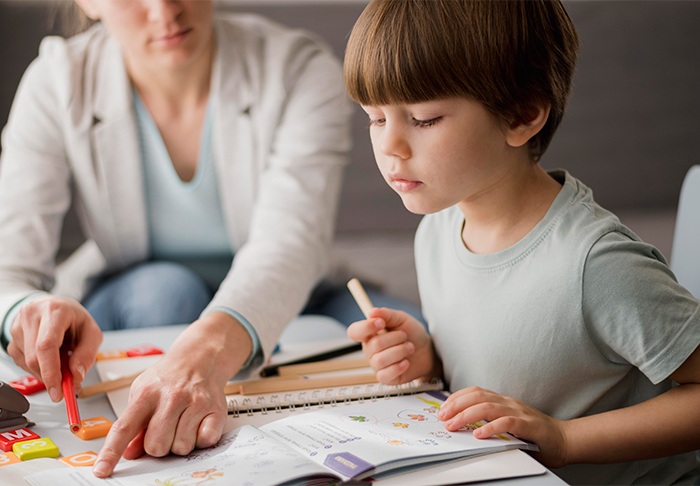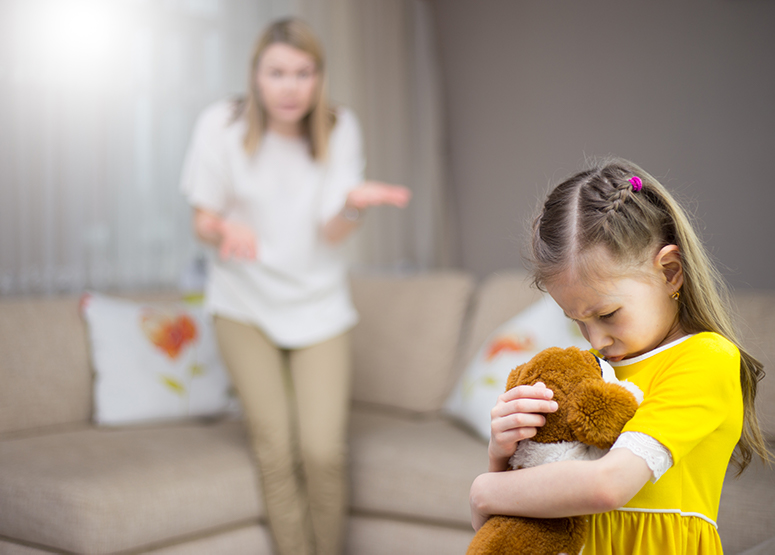
Strong Parents, Safe Kids: Discipline & Parenting Styles
When asked, many individuals regard the word discipline as synonymous with punishment. Punishment is a normalized reaction to negative behavior; a misconceived way to gain control and directive over a child’s acting-out behavior.
Punishment often consists of penalizing a child for their behavior or lack of obedience and maintains a focus on shaming a child’s negative behaviors. Reacting with punishment can leave a lasting impact on children, as punishment does not teach nor model emotional regulation. Children who are frequently punished, especially physically, may perceive that it is not them but their parents who manage and regulate emotions and behaviors for them.
Discipline is the process-exchange of teaching and learning. By offering children a parenting style that promotes and uses discipline in response to negative behaviors, parents empower children and reinforce positive learning experiences.
Modeling effective emotional regulation and demonstrating the potential consequences of negative behavior, provides children with opportunities to reflect on how and what they can do better next time. Removing shame, blame, and fear from mistake-making and poor behavior creates opportunities for problem solving and conflict resolution. It is important to consider how actions and reactions may leave lasting impressions on parent-child relationships. Proactive engagement like discipline promotes and reinforces communication and trust between children and their parents/caregivers. In contrast, reactive punishment tactics may create resistance, resentment, and distrust in the caregiver-child dynamic.
We asked kids and adults to list thoughts and feelings that come to mind when differentiating between discipline and punishment. Here’s how kids and parents compare the concepts:
Discipline
- Learning how to problem solve
- Learning to communicate emotions effectively
- Maintaining willingness to learn new things, and take risks
- Learning how to manage anger
- Learning self-control
- Becoming a balanced responder instead of an emotional reactor
- Facing fears and owning up to mistakes
- Learning to find positive perspective even when there are negative moments


Punishment
- Feelings of total powerlessness
- Share or feelings as though “I am bad”
- Fear
- Anger
- Feeling a need to hide or life
- Avoidant or evasive
- Anxious
- Feelings of humiliation
All kids are different, and every parent is too! It’s okay to have a unique parenting style, and approaches to discipline may vary from family to family. However, it must always be a priority to keep kids safe, now and in the future! Discipline is teaching and learning- positive impacts that serve a child through their lifetime.
Some children are very unresponsive to punishment, especially of the physical variety. Children with hyper or hypo sensitivities, attention span challenges, or special learning needs require a more thoughtful, patient approach to discipline. Consider the following alternatives to spanking or physical punishment:
- Challenge yourself as a parent and remain open to finding out what doesn’t work. It may take some time and commitment to unlearn old habits and reactive tendencies. As with children, the same is true for adults- change and behavior correction can be achieved through loving guidance, practice, and patience.
- Say what you mean and mean what you say! Give clear, directive, simple instructions. Keep in mind that kids don’t have the developed sense of reasoning, judgment, or vocabulary that adults do. Make sure to maintain eye contact and come down to your child’s level when giving instructions. Use positive language like “Put the doll in the toy box” as opposed to “Don’t leave the doll on the floor.”
- Preparation is key! Being ready can help soften the stress in moments of challenging behavior. Whether running errands, spending lots of time in the car, or sitting in a waiting room- there are some places kids just don’t like to be! The same is true for adults. The difference is- adults have a higher tolerance for discomfort than children do. Be ready with snacks, small toys, or books to help keep kids occupied and focused.
- Create norms and rules. Firm rules are okay and having them in place helps children learn right from wrong, acceptable from unacceptable. Decide upon a few rules that are very important to you and make sure that your child understands them. Rules should be consistent, fair, and clear. Children should be addressed immediately when a rule has been broken. In cases where a child must be confronted or redirected multiple times in the same day, due to the same rule violation, it may be time to reconsider whether expectations are clear, fair, and age appropriate.
- When using consequences do so immediately and consistently. Teaching consequences typically has a longer lasting effect with a learning impact for children. Consequences should always be safe, age appropriate, and must immediately follow the misbehavior. If you state that a child is grounded or limited to accessing something for X amount of days, it is important to see this through. Inconsistency creates mixed messages for kids. Harsh and frequent consequences, daily can result in children perceiving “I am bad” instead of “My behavior was unacceptable.” Start small, remain consistent, and always reiterate the rules for children.
- Choose your battles. There are no perfect children, and there are no perfect parents! Sometimes, choosing your battles gets you farther than fighting with your child. Try to stay cool and collected. Become an investigator of your child’s behavior. Is your child hungry, angry, lonely, tired, or agitated? Consider how we act as adults when any one of these symptoms is a factor. Children communicate in their own ways, and sometimes emotion and behavior are used to communicate a message we might be unaware of immediately. If you can understand what your child wants, needs, or is seeking through negative behavior- try giving it to them at a better time. Sometimes children misbehave as a result of seeking attention. This is a prime time for highlighting and reinforcing good behavior when it occurs, instead of focusing on and pointing out bad behaviors. By praising good behavior when it’s happening children learn what their parents’ value and appreciate!
- Time out works best when used to prevent kids from getting rewarded for misbehavior. Use time out to remove your child from the room where other children are likely to provide reinforcement like laughter, staring, taunting, or pressure. Time out should be done immediately and without emotion or outward anger attached to it. Remember, you are teaching and giving children direction by removing them from a situation or space. It’s wise and healthy to limit time out to one minute per the age of the child (3 years old= 3 minutes.) If or when kids leave the time out space, calmly redirect them back to the area as many times as necessary until the time is up.